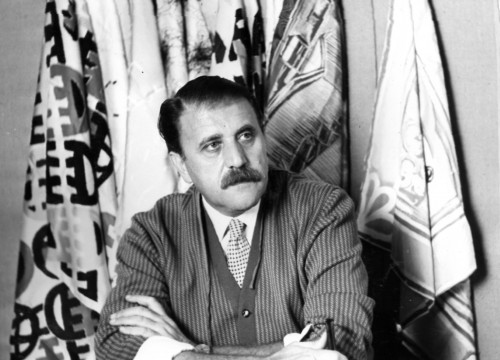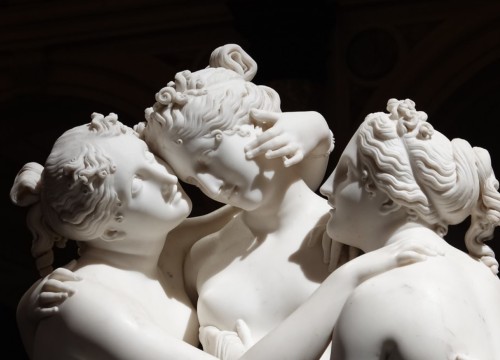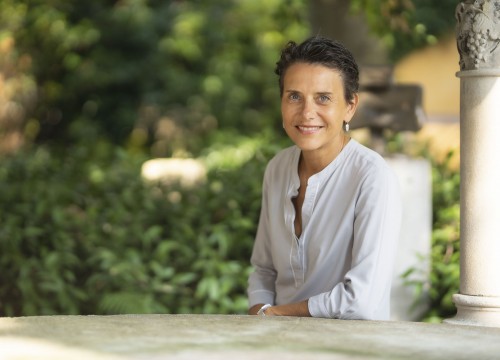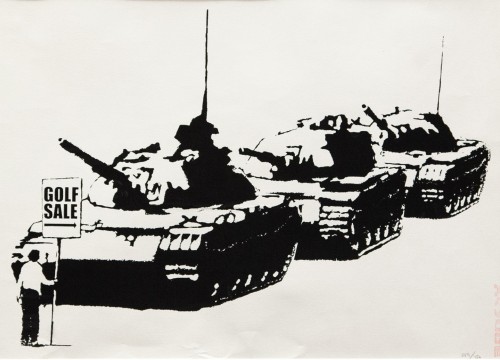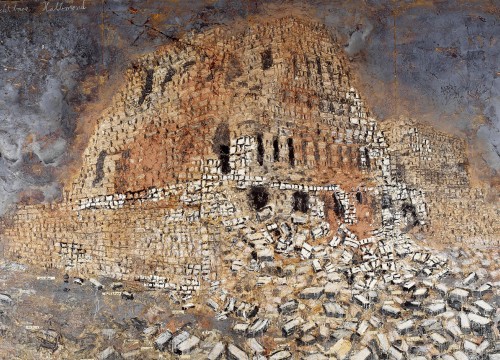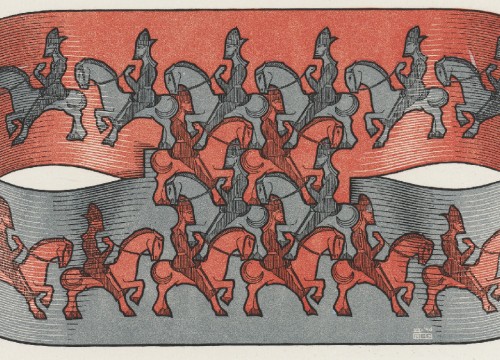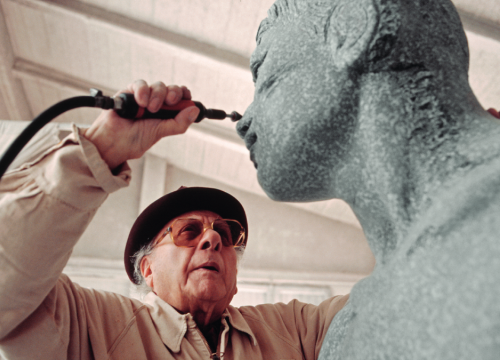11 fishing nets, from 4 Mexican fishing communities become an oneiric installation
In every age and every place, the Spanish language, has never stopped trying to define or transcend the boundaries of sueño or to confuse them with those of wakefulness. Does Cervantes’ Quixote dream or is he mad? If the whole of existence is vague, evanescent and light, as in Calderón de la Barca’s La vida es sueño, how can we distinguish the oneiric from the real? Are there really those who are still naive enough to believe that no creative activity is possible without the ability to dream, the philosopher María Zambrano would ask us? Were not Miró and Dalí the most oneiric exponents of that religion (and all its heresies) comprised of dream and unconscious?
PIECES OF PORTALS, KITES, ROSETTES OF CHURCHES NOT YET BUILT, ALREADY DEMOLISHED, OR PERHAPS ONLY DREAMT OF
If it is true that there is nothing more common than a dream, it is equally true that there is nothing more personal. Talking about one’s dreams is as difficult as remembering them. One is naked and exposed in dreams. Sharing them most of the time is ridiculous or impudent but it is precisely this hint at a communal dimension of dreams that makes the emphasis on the oneiric sphere of the exhibition Spiral for Shared Dreams, by Carolina Caycedo, an artist born in London of Colombian parents and based in Los Angeles, where Spanish is spoken as much as English (on show at MoMA until 19 May 2024), interesting.
The exhibition collects eleven atarrayas, fishing nets, from four Mexican fishing communities and makes an installation out of them. These pieces of circular or spiral shapes, like portals, kites, rosettes of churches not yet built, already demolished, or perhaps only dreamt of, most of the time show simple symbols, more or less connected to the reality of fishing: an eye, a langoustine, magical symbols belonging to the pre-Columbian culture...
IN HER WORKS, SIGNS WOVEN BY COMMUNITIES IN DANGER OF DISAPPEARING DUE TO THE EXPLOITATION OF THE WATERWAYS
The exhibition, or rather Caycedo’s installation contains humble, immediately recognisable symbols, suspended in the air and is collectively made. Woven by communities in danger of disappearing due to the exploitation of the waterways, which like arteries, or the threads of a fishing net, connect distant points directed towards a single centre. Where, however, is this centre? In the sphere of dreams or in that of reality? In that of activism or consumerism? And where does art lie in relation to these two poles? The simplicity of Caycedo’s works, and their communal dimension, so true and naive (isn’t the dreaming artist one of the most common, stereotypical and unbearable clichés about art), seem to suggest that while progress continues to inflict myths and damage on our planet, only art and dreams have been left with the ability to make us regress. For Freud, regression is a process of satisfying one’s desires in sleep, when it is difficult or impossible to satisfy them in reality. A dream: Desiring something together should be this. Something simple, even giddy.














